
Out of all the mammals that roam planet Earth, camels are perhaps one of the most distinctive and unusual of them all. They are instantly recognizable thanks to the unique humps on their backs, which makes them stand out next to their close relatives such as llamas and alpacas. There are plenty of interesting things about camels that you probably didn’t know.
Lots of their amazing characteristics and abilities come from the fact they live in arid conditions such as deserts. There are plenty of dangers, such as the scorching heat and lack of water, which makes it difficult for any life to survive. Yet, camels have evolved to thrive in these areas in spite of the risks. These physical variations mean there are some truly crazy facts and misconceptions about camels.

You must have heard of this popular myth – that camels can store water in their humps to survive the desert. But do camels actually have water in their humps? Is there any truth to this myth? Well, camels can definitely last for weeks in a desert without drinking any water and months without any food. They may even lose nearly half of their body weight during this period. But, this rarely has much to do with their humps storing water. Camels actually store fat in their humps and not water.
Want to know what’s inside the camel’s hump? Check out this BYJU’S video to know everything about camel’s hump and its function:

Because of the general lack of water in the desert, camels’ internal organs have some unique specializations. Their kidneys, for example, are some of the most efficient on the planet. This is necessary not only to conserve water as much as possible when expelling waste but also in allowing the animals to drink salty water. The end product the kidneys produce is a thick liquid more like syrup than traditional urine, with a salt concentration that is higher than saltwater.
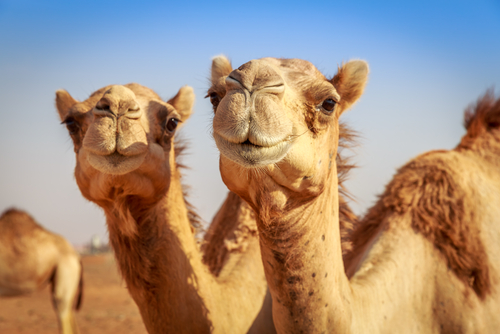
Camels have evolved many specializations to live in the hot desert and it’s more than just the physical attributes you can see. Even their blood cells are vastly different from most mammals’, being oval in shape rather than circular. This distinctive shape means that even when the blood is incredibly thick due to a lack of water, oxygen can still be carried around the body.
They don’t just help when the camel is dehydrated either. In fact, the red blood cells in the animal can expand to 270% of their original volume, almost twice as much as other mammals, when they drink water. This is an important factor in preventing the cells from bursting, considering that a thirsty camel is capable of drinking up to 100 litres of water in just 10 minutes.
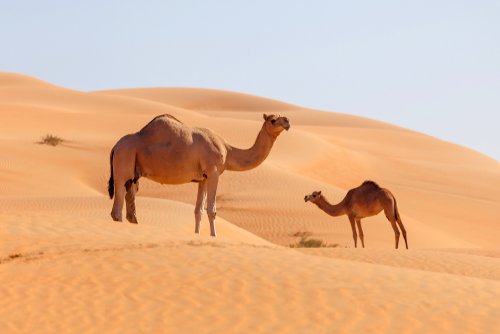
While the hump of a camel proves useful for storing fat in case of emergencies, it also proves to be a very effective way of staying cool in the hot desert. Regulating their temperature is incredibly important, and bodily functions like sweating are not useful in arid conditions because it wastes valuable water. This means they are less likely to overheat as they do not have insulation. Having a lump of fat on the back also provides some extra protection from the sun as it is where the vast majority of the ultraviolet rays hit the animal.
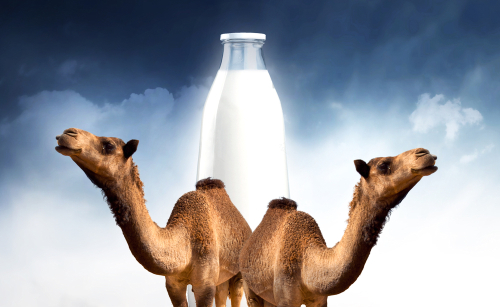
The majority of people usually drink cow’s milk when it comes to choosing something to pour on their cereal and drink with biscuits. However, other parts of the world often use the milk of animals that are close by and more readily available. This can mean some cultures use milk from goats, donkeys, and even camels.
Camel milk in particular is a much healthier option. It contains up to 10 times more iron than cow’s milk and three times as much vitamin C. This makes it the closest animal milk to that produced by human mothers. Another great property of the milk is it is low in lactose, meaning those who are lactose intolerant can happily guzzle away without any ill effects.
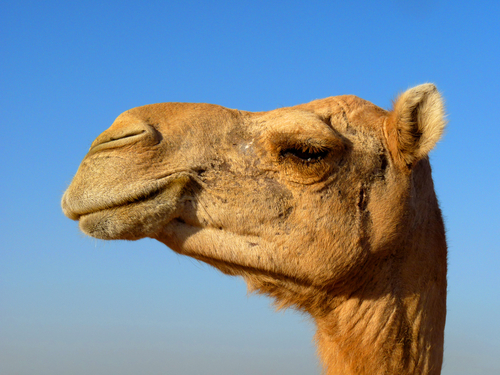
One of the most unique adaptations camels have to combat the desert and sand is their unique eyes. As well as having two distinct sets of eyelashes to help protect their vision, the creatures also have a third eyelid. This thin membrane is rather unique for a mammal as it is something usually seen in birds, fish, and reptiles. It essentially works as a windscreen wiper on a car, moving from side to side to wipe away any sand on the eyeball and providing a shield during sandstorms.
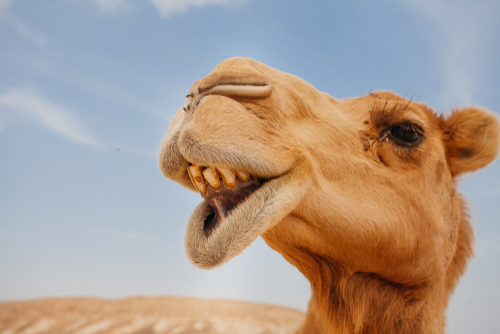
Another important adaptation of camels is the ability to shut their nostrils completely. While this obviously makes it difficult for the mammals to smell or breath while eating, it does provide a rather valuable advantage. Effectively, sand is incapable of making its way up the nose and causing blockages or infections. The nose also has another special element that helps prevent water being lost as the camel breathes through vapor, helping trap extra liquid in the body that can prove essential for surviving.

Camels are a type of mammal known as ruminants. This means that rather than chew their food, they simply swallow it whole. Their oral papillae help them to be able to force down their rather tough diet, which includes thorns, salty plants, and fish, without choking. The food is then turned into cud and regurgitated into the mouth, where the camel finally chews it to help release vital nutrients and aid in the last part of digestion.
Which of these facts did you like the most? Tell us in the comment section. Also let us know any other cool facts about camels that we may have missed.
Raza has been writing since 2008, be it fiction, poetry, or articles on science, politics, and history. He believes that words can change the world, and he uses them to inspire and empower people through his writing. When he is not working, he is watching nature documentaries or playing with his cats.